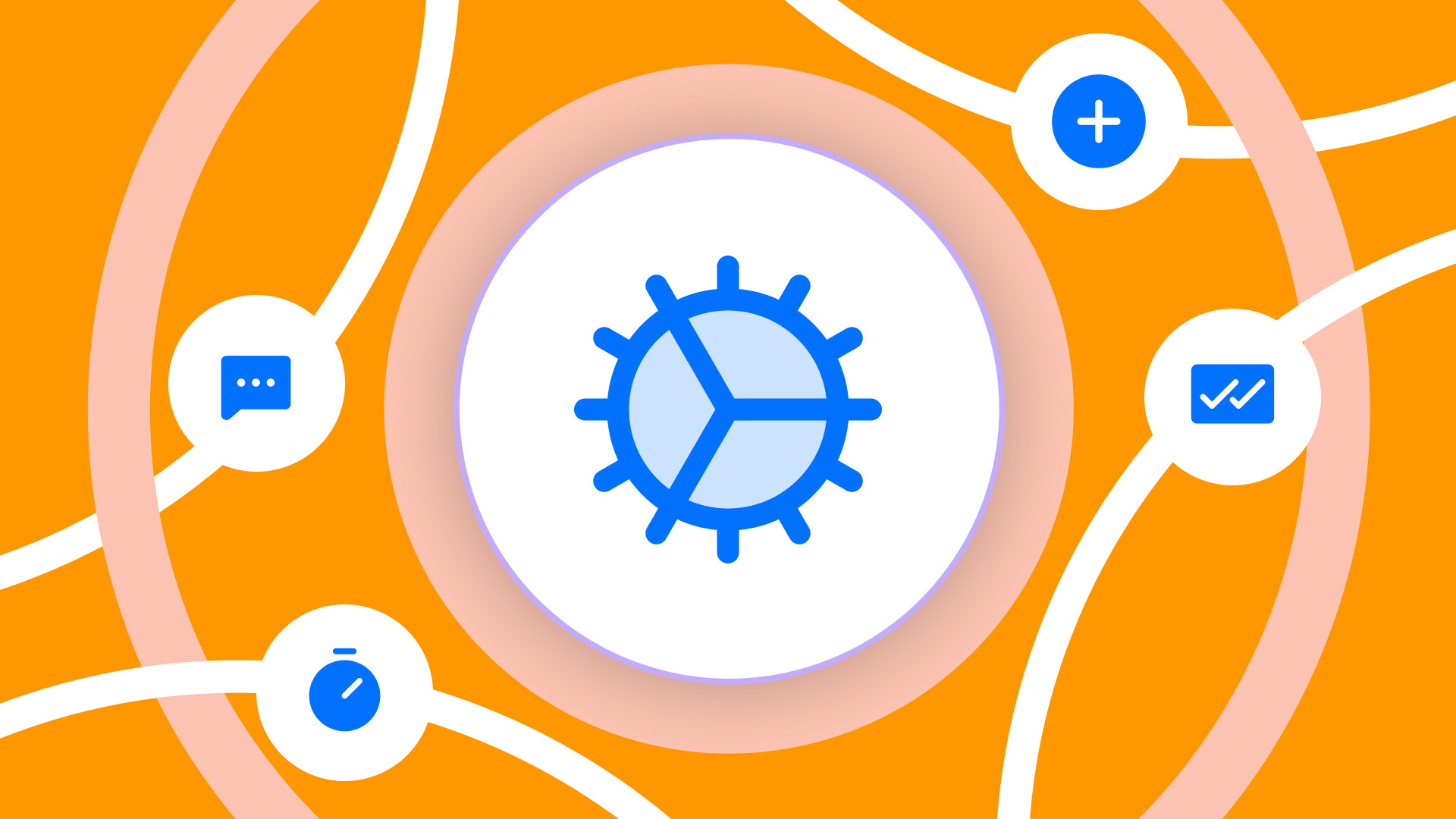Had you heard about “The 5 Whys Method?”
Índice de contenidos
ToggleThis technique, which originated within the quality department of the multinational Toyota in the 1970s, has become a very popular tool for identifying the root cause of certain problems in a simple and effective way.
How does it work, what benefits does it have, and what methodology should we employ to use it properly?
We tell you everything!
How does the 5 Whys Method work?
Everything begins with the identification of a specific problem. For example, in an automotive factory such as Toyota, the problem might be the interruption of production.
Then, we pose the first question—or rather, the first why: “Why did production stop?”
The answer to this question forms the basis for the next one, and this process is repeated five times, or more if necessary, until the root cause of the problem is found.
Simple, right? Let’s see it with a slightly more developed example:
Problem: The factory production stopped.
- Why did production stop? Because Machine A broke down.
- Why did Machine A break down? Because it overheated.
- Why did it overheat? Because proper maintenance was not performed.
- Why wasn’t proper maintenance performed? Because the maintenance tracking system was inefficient.
- Why was the maintenance tracking system inefficient? Because it was not updated to meet the current needs of the machines.
Benefits of applying the 5 Whys Method
Implementing the 5 Whys Method allows you to identify effective solutions by delving into the fundamental causes of problems.
When carried out correctly, this can lead to significant savings in time and resources in the future, preventing the same problem from recurring. Additionally, by exploring the underlying causes, you may uncover other related issues, allowing for a more comprehensive understanding of operational and strategic challenges.
Practical applications of the Method
Beyond its origins in manufacturing, the 5 Whys Method can be applied in project management, product development, services, and continuous improvement initiatives.
For example—especially relevant to our work at Audax—in the context of project management, it helps teams understand delays and cost overruns.
In product development, it facilitates the identification of potential problems before they affect end users.
How to Implement It Effectively
To maximize the benefits of this method, it is important to involve a multidisciplinary team that can bring different perspectives to the inquiry process and, above all, maintain an objective and fact-based approach during the questioning sessions. This helps avoid deviations and ensures that the true root causes are identified.
Finally, it is essential to document and follow up on all the responses and solutions identified to ensure the effective implementation of corrective actions.
Detailed methodology for implementing the 5 Whys Method
Even though it is a simple technique, following a series of structured steps is key to successfully implementing the 5 Whys Method.
This methodology not only helps identify the root cause of a problem but also ensures that the process is efficient and effective.
Let’s go through it step by step:
1. Preparation and problem definition
- Team Assembly: Gather a diverse group of people who are familiar with the problem or the process in question. A variety of perspectives can enrich the analysis.
- Clear Problem Definition: Before starting, it is crucial to define the problem in a specific and understandable way for everyone. Avoid generalizations; be as concrete as possible.
2. Conducting the session
- Starting the Process: Begin with the first question, “Why did the problem occur?” based on the clear definition of the problem.
- Delving Deeper with Successive Questions: Continue asking “Why?” based on the previous answer. This process should be repeated until the root cause is revealed. It is crucial to remain focused on the problem and not deviate to unrelated issues.
- Use of Visual Tools: Employ Ishikawa diagrams or mind maps to visualize the chain of causes and effects. This can help clarify the relationships between different factors.
3. Identification of solutions and action plans
- Generating Solutions: Once the root cause is identified, brainstorm to find solutions that directly address it. Consider both creative and practical solutions.
- Developing an Action Plan: Create a detailed action plan to implement the solutions. Assign responsibilities and set realistic deadlines. Ensure that each action has a clearly defined owner.
4. Follow-Up and Evaluation
- Implementation and monitoring: Implement the solutions and monitor progress regularly. Importantly, use key performance indicators (KPIs) to measure the success of the implemented solutions.
- Adjustments based on feedback: Be prepared to adjust the action plan based on the results obtained and feedback from those involved. Flexibility is key to long-term success
5. Support Tools
- Project Management Software: Use tools like Trello, Asana, or Jira to document the questions, answers, and action plans. These tools facilitate collaboration and progress tracking.
- Diagramming Tools: Software such as Lucidchart or MindMeister can be useful for creating Ishikawa diagrams or mind maps that visualize cause-and-effect relationships.
Other key recommendations:
- Foster an open environment: Ensure that everyone on the team feels comfortable expressing their thoughts and opinions. An environment of trust and mutual respect is essential for thorough analysis.
- Avoid blame: Focus on processes and systems, not on people. The goal is to identify and resolve problems, not to assign blame.
- Validate Responses: Whenever possible, validate the responses with data or evidence to ensure that the identified causes are accurate.
A real case: A technology company identifies the causes of its customer loss
A software company noticed a 30% increase in customer churn in one quarter. By applying the 5 Whys Method, they discovered that the root cause was a decline in customer satisfaction due to slow response times from technical support.
This was due to a recent reorganization of the team that had dispersed the support resources.
The solution? Reorganize the support team to improve response times, which reduced customer churn back to previous levels.
Overcoming common challenges in applying the method
One of the most common challenges is stopping too soon in the process, assuming that the root cause has been found when, in reality, only a symptom has been identified.
To overcome this, it is crucial that the team is committed to delving deeper, questioning each answer with a genuine desire to understand the true underlying causes. Creating an environment where all opinions are valued and curiosity is encouraged can facilitate this process.
Check out these online tools and resources!
- MindMeister: For creating mind maps that visualize cause-and-effect relationships.
- Trello: IIdeal for organizing 5 Whys sessions, assigning tasks, and tracking action plans.
- Miro: A collaborative digital whiteboard that facilitates teamwork during brainstorming sessions.
Frequently Asked Questions (FAQ)
What should I do if the answers seem to lead in different directions?
If the answers begin to diverge, it is a sign that there may be multiple root causes. In this case, it is useful to document all possible causes and, if necessary, hold separate 5 Whys sessions for each one.
How do I know if we have truly reached the root cause?
Often, the root cause is identified when it is no longer possible to answer “Why?” in a meaningful way, or when the next step to resolve the problem becomes evident.
Additional resources that may be useful
- Book: «The Lean Startup» by Eric Ries – Offers insights on how to apply Lean principles, including the 5 Whys Method, in startups.
- Online Course: «Problem Solving with the 5 Whys» – A course that guides participants through the 5 Whys process with practical exercises.
- Webinar: «Mastering Root Cause Analysis Using the 5 Whys» – A webinar that provides real-life examples and tips for effectively applying the method.






